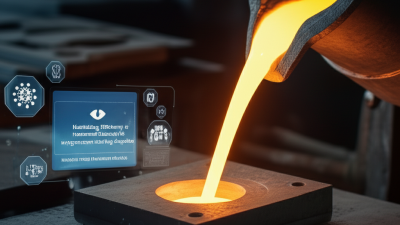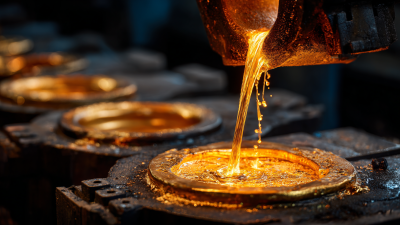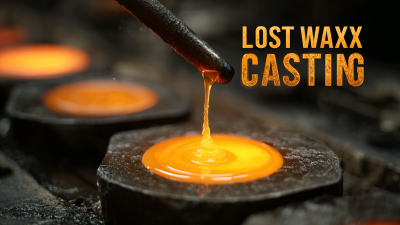Precision Investment Casting is a sophisticated manufacturing process that has gained prominence in various industries due to its ability to produce complex and high-precision parts. This method relies on creating intricate mold designs, allowing manufacturers to achieve superior surface finishes and dimensional accuracy that traditional casting techniques often cannot match. As industries continue to evolve, the demand for innovative solutions that enhance product performance while minimizing waste is at an all-time high.
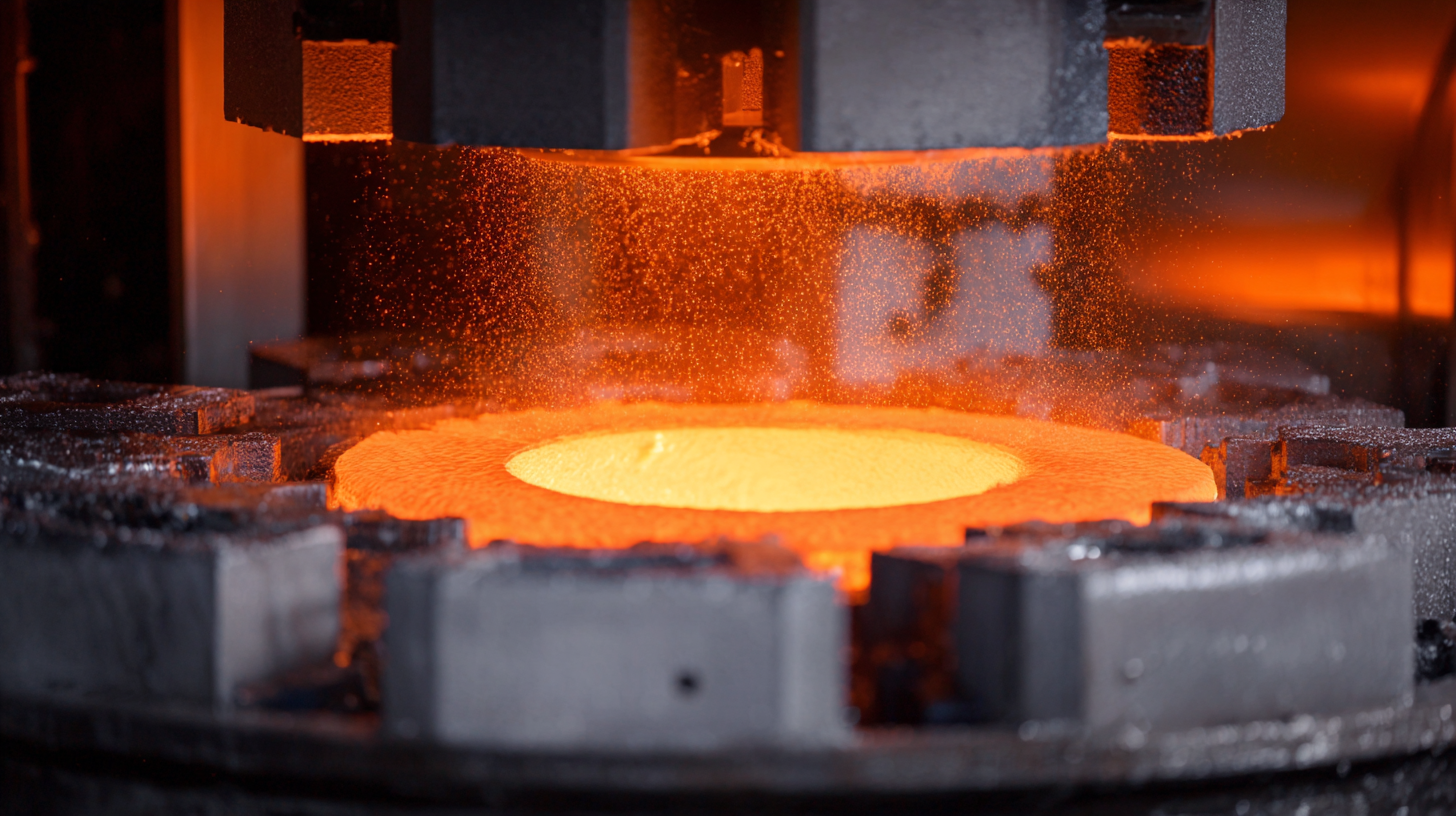
The implementation of Precision Investment Casting not only optimizes material use but also reduces the need for extensive machining, thus saving time and costs in the production cycle.
This introduction provides a foundational understanding of how Precision Investment Casting is transforming modern manufacturing processes, offering a glimpse into its significant benefits, including increased efficiency, reduced lead times, and heightened flexibility in design, all of which are essential in today’s competitive market landscape.
Precision investment casting has revolutionized the way manufacturers approach component production, particularly due to its capacity to enhance component quality significantly. This process yields intricate designs with exceptional dimensional accuracy, often achieving tolerances as tight as ±0.25 mm. According to a report by Allied Market Research, the global investment casting market is projected to reach $28.4 billion by 2025, underscoring its growing demand across industries such as aerospace, automotive, and healthcare.
One notable advantage of precision investment casting is its ability to produce parts with superior surface finishes compared to traditional casting methods. Surface roughness can be as low as 0.8 Ra, resulting in components that require less secondary processing and ultimately save time and costs. Furthermore, the weight-saving potential is substantial; materials can be optimized to create lighter components without sacrificing strength or durability. The ability to work with various materials, including stainless steel and titanium alloys, also empowers manufacturers to tailor components to unique specifications, meeting the rigorous demands of modern engineering. As a result, precision investment casting is not just a method; it’s a transformative approach to achieving quality and efficiency in manufacturing.

Precision investment casting has emerged as a pivotal technique in modern manufacturing, particularly due to its cost efficiency. According to an industry report by the American Foundry Society, manufacturers can reduce production costs by up to 30% using this method. The inherent ability of precision investment casting to create complex geometries with minimal material waste significantly contributes to these savings. With a typical material yield rate of 90% or more, companies can minimize scrap and enhance their overall productivity.
Furthermore, the precision of investment casting allows for tighter tolerances and reduced machining time, which translates directly into cost reductions. A study from the Institute of Industrial Engineers highlights that precision investment casting can lower machining requirements by 50%, allowing manufacturers to allocate resources more efficiently. This not only leads to direct cost savings but also accelerates production cycles, enabling businesses to respond swiftly to market demands. With the added benefit of consistent quality and reduced lead times, precision investment casting firmly establishes itself as a smart investment for modern manufacturing operations seeking to thrive in a competitive landscape.
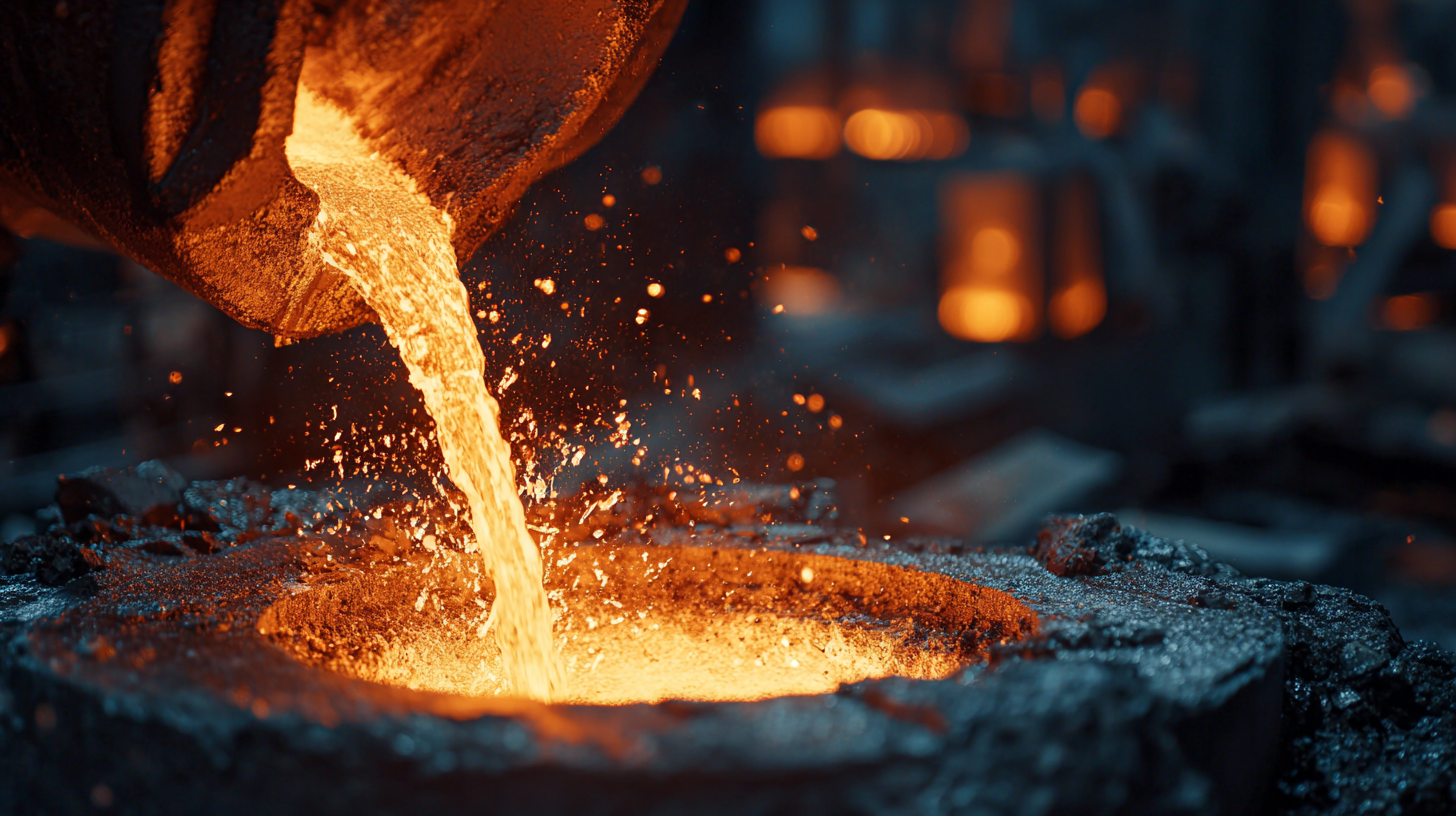
Precision investment casting is gaining traction in various industries due to its versatility and remarkable efficiency. This technique allows manufacturers to create intricate components with high dimensional accuracy, making it ideal for applications in sectors such as aerospace, automotive, and medical devices. In aerospace, for instance, precision casting contributes to the production of lightweight parts that can withstand extreme conditions, enhancing the overall performance of aircraft. In the automotive sector, it aids in producing complex engine components that improve fuel efficiency and lower emissions.
Tips: When considering precision investment casting for your manufacturing needs, evaluate the complexity of the part and the materials required. Opt for a foundry experienced in your specific industry to ensure compliance with relevant standards.
Another significant area where precision investment casting shines is the medical field. The production of surgical instruments and implants demands not only precision but also high-quality materials. The ability to cast complex shapes minimizes the need for extensive machining, saving both time and resources. Additionally, precision casting supports the development of custom implants tailored to individual patient needs, enhancing healthcare outcomes.
Tips: Always communicate your specific requirements clearly to your casting partner to optimize the design process and reduce lead times. Consider using simulation software to predict potential casting defects and improve the overall efficiency of production.
Precision investment casting is not only enhancing manufacturing efficiency but also promoting sustainability in production practices. According to a report by the American Foundry Society, investment casting can reduce material waste by up to 90% compared to traditional machining methods. This significant reduction in waste aligns with eco-friendly initiatives, allowing manufacturers to lower their carbon footprints while utilizing fewer raw materials.
Moreover, precision investment casting often employs advanced alloys and materials that contribute to lighter, more fuel-efficient products. The International Journal of Advanced Manufacturing Technology highlights that using lighter components in automotive and aerospace sectors can lead to a reduction in fuel consumption by approximately 5% per 100 kg. This clearly demonstrates the environmental benefits of adopting precision investment casting, which not only optimizes production but also aids in the creation of sustainable industrial processes. Through these methods, manufacturers are not only innovating but also taking proactive steps toward a greener future.
Precision investment casting has witnessed remarkable technological advancements, propelling the industry forward while meeting the growing demands of modern manufacturing processes. One of the key innovations is the introduction of Vacuum Precision Investment Casting (VPIC), which has gained traction for its ability to produce high-quality, defect-free components. Recent investments in this technology highlight its potential; for instance, a significant £2 million investment focuses on enhancing VPIC capabilities, showcasing how leading manufacturers are prioritizing innovation to stay competitive.
The integration of Blockchain and IoT devices offers further improvements, particularly in quality control. This technology facilitates advanced inspection of casting defects, enabling real-time processing and better data traceability. As the investment casting market in the US and Europe is projected to escalate from $8.5 billion in 2024 to $17.06 billion by 2032, the emphasis on efficiency and precision is paramount.
Tips: When considering precision investment casting for your manufacturing needs, assess the technology capabilities of your chosen provider. Consider collaborations that enhance traditional casting processes with advanced technologies, such as additive manufacturing. Staying updated on industry innovations can also facilitate better decision-making and improve your competitive edge.
